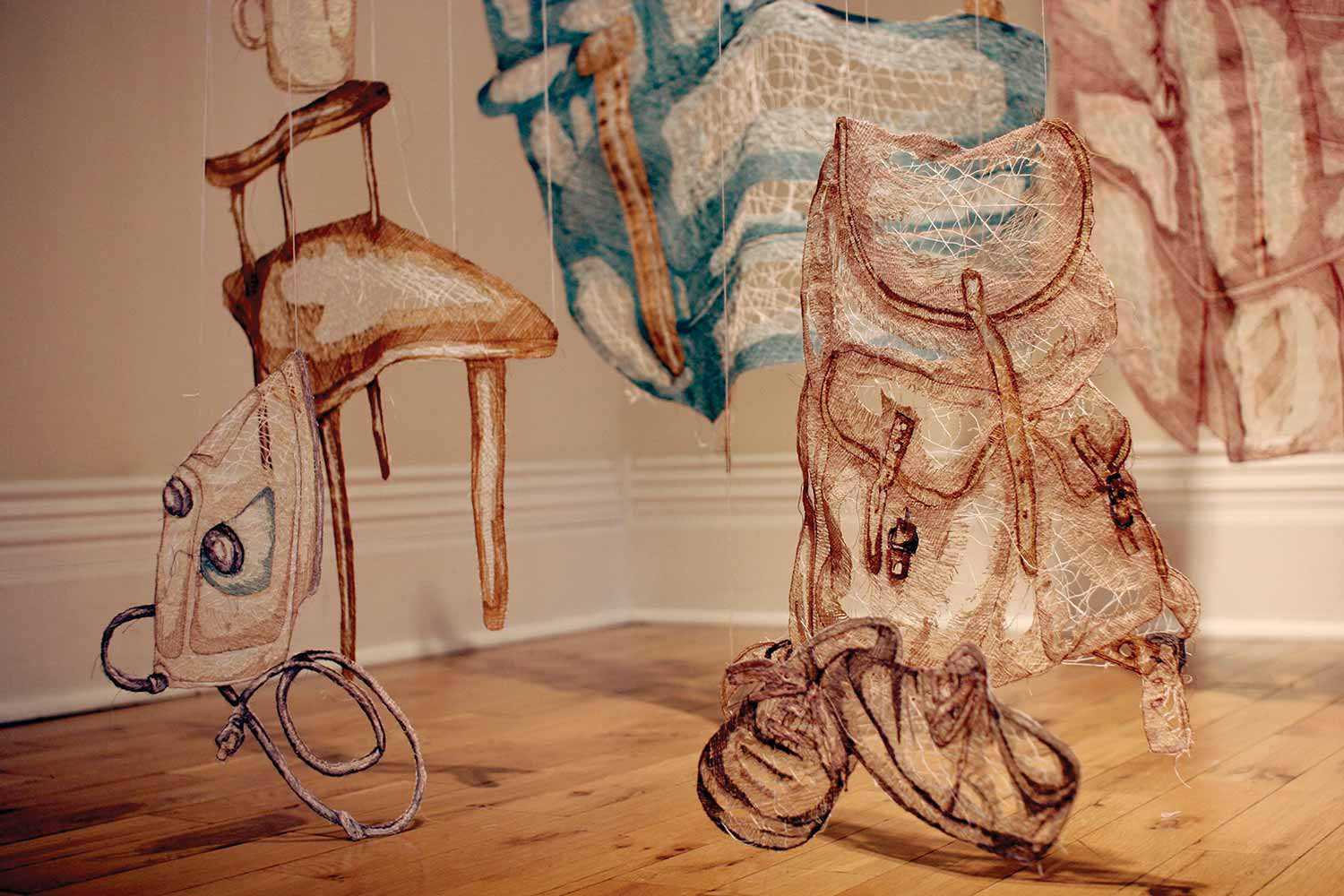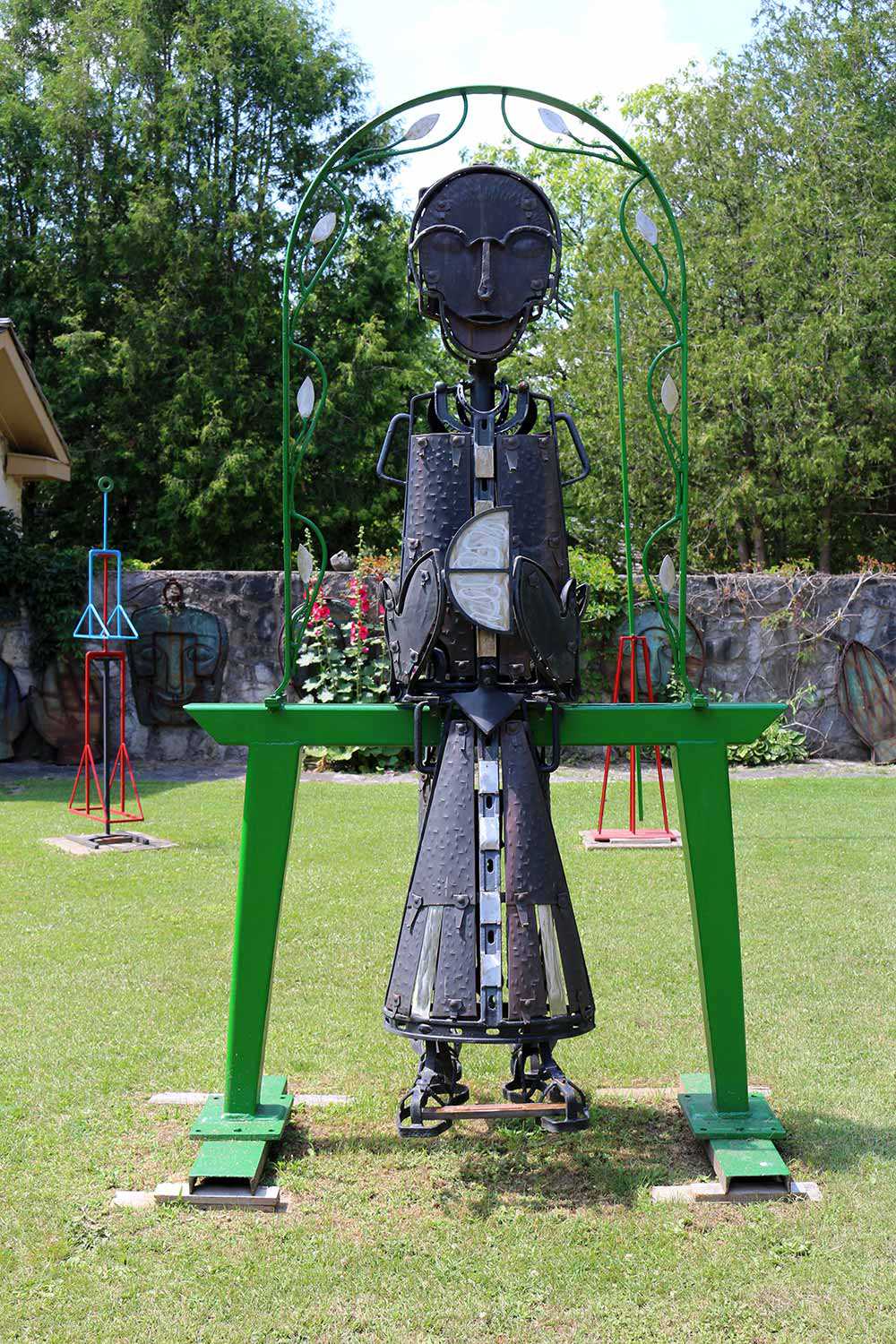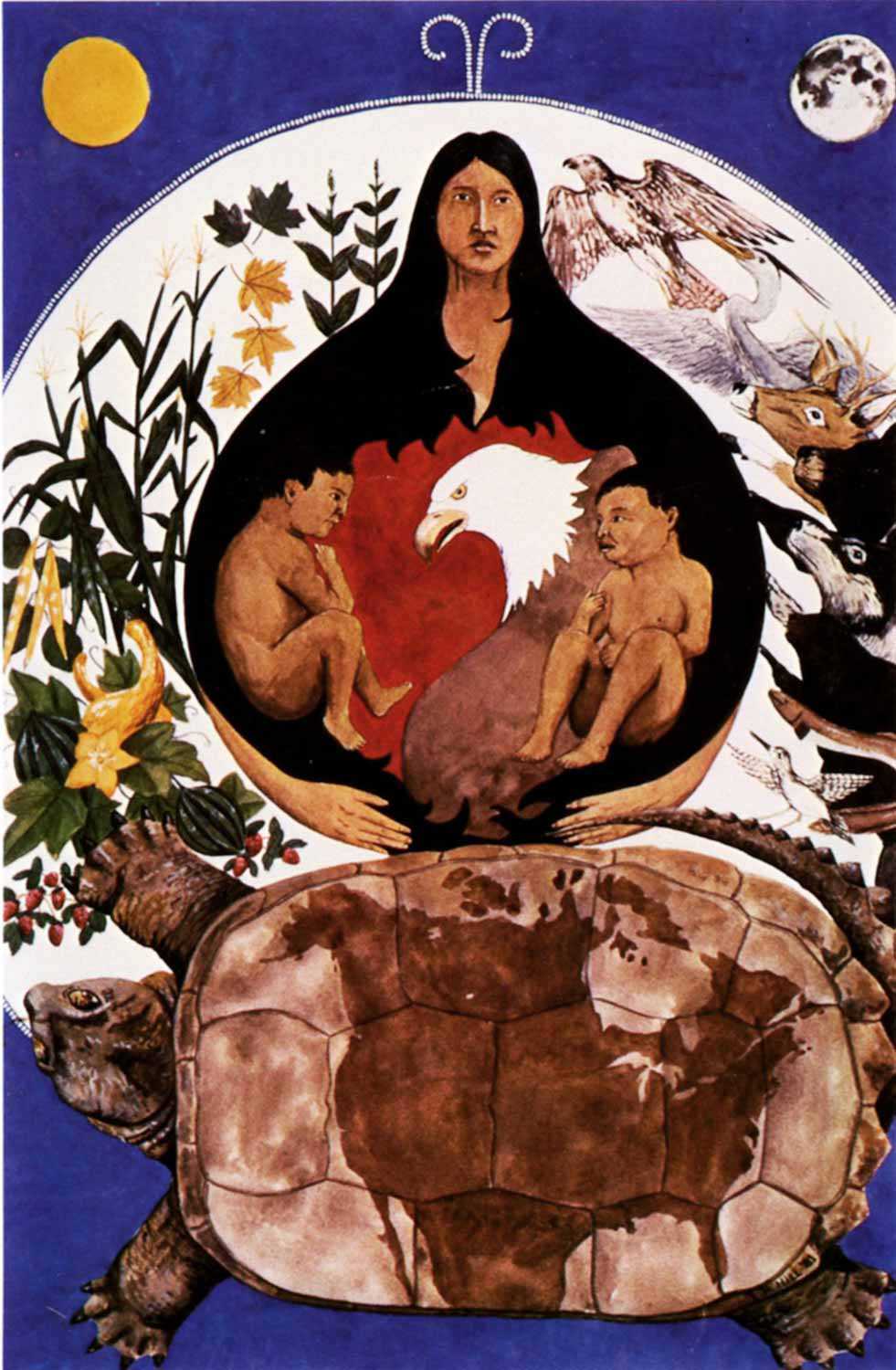

Browse by category
- Adaptive reuse
- Archaeology
- Arts and creativity
- Black heritage
- Buildings and architecture
- Communication
- Community
- Cultural landscapes
- Cultural objects
- Design
- Economics of heritage
- Environment
- Expanding the narrative
- Food
- Francophone heritage
- Indigenous heritage
- Intangible heritage
- Medical heritage
- Military heritage
- MyOntario
- Natural heritage
- Sport heritage
- Tools for conservation
- Women's heritage
Telling tales
Storytelling is an art that is woven in and through everyday life. Great, memorable, life-changing stories can be told at the dinner table and on long car rides and around summer camp campfires. They are told by First Nations elders, African Griots, traditional bards and village storytellers to teach, entertain and lead a community.
The “how” of storytelling is the easy part: invite your listeners close, open your mouth and speak clearly. The “why” is where it gets more complicated. Stories are ephemeral creations, made of words spoken aloud, launched by the mouth of a storyteller and reimagined in the mind of the listener. Like seeds, they fly out and travel until they find a place to establish new roots. So, a storyteller who wants to use his/her stories to teach and lead and entertain usually has a sense of why the stories matter. Why would a listener – one or thousands – want to hear such a tale, and hold on to it, and perhaps learn from it? And to have a sense of this “why,” the tellers themselves must have been moved by the tales they are giving voice to.
I began telling stories around the campfire at Bolton Camp. Stories were the only things my campers would listen to. The best magic for me was watching them transform into the greatest listeners in the world.
Each setting is different, though the nature of storytelling doesn’t change. With support from Storytelling Toronto, Dinny Biggs and I ran a project called Village of Storytellers in Regent Park over a number of years. Storytellers from different cultural backgrounds shared their personal and traditional stories, and wonderful inter-generational connections were made between elders and youth. The participants felt that the experience of sharing stories helped build a sense of community. I currently work as the storyteller-in-residence at Baycrest Health Sciences, doing storytelling with people in psychiatry, palliative care, rehab, etc. Bringing the language of the imagination into the world of health care has been transformational for the participants and for me. I call this approach “Storycare.” The people at Baycrest have welcomed the art of storytelling as a new way – which is, at the same time, very old – of expressing their ideas, memories, dreams, cultural roots and hopes for the future.
My interest at this point in my work is to explore how storytelling in health care can make a difference for patients, family members and staff. Far from concert stages, this kind of storytelling is essentially a responsive form of the art. I’m hoping to understand the power and value of “Storycare,” and to spread the idea and practices to other artists working in healthcare settings. On a broader level, the art of storytelling is still at the beginning of its international renaissance. It’s thrilling to see people around the world rediscover an art that uses the simplest elements – voice, listening, remembering, imagining – to create meaning and a sense of wonder for the community.














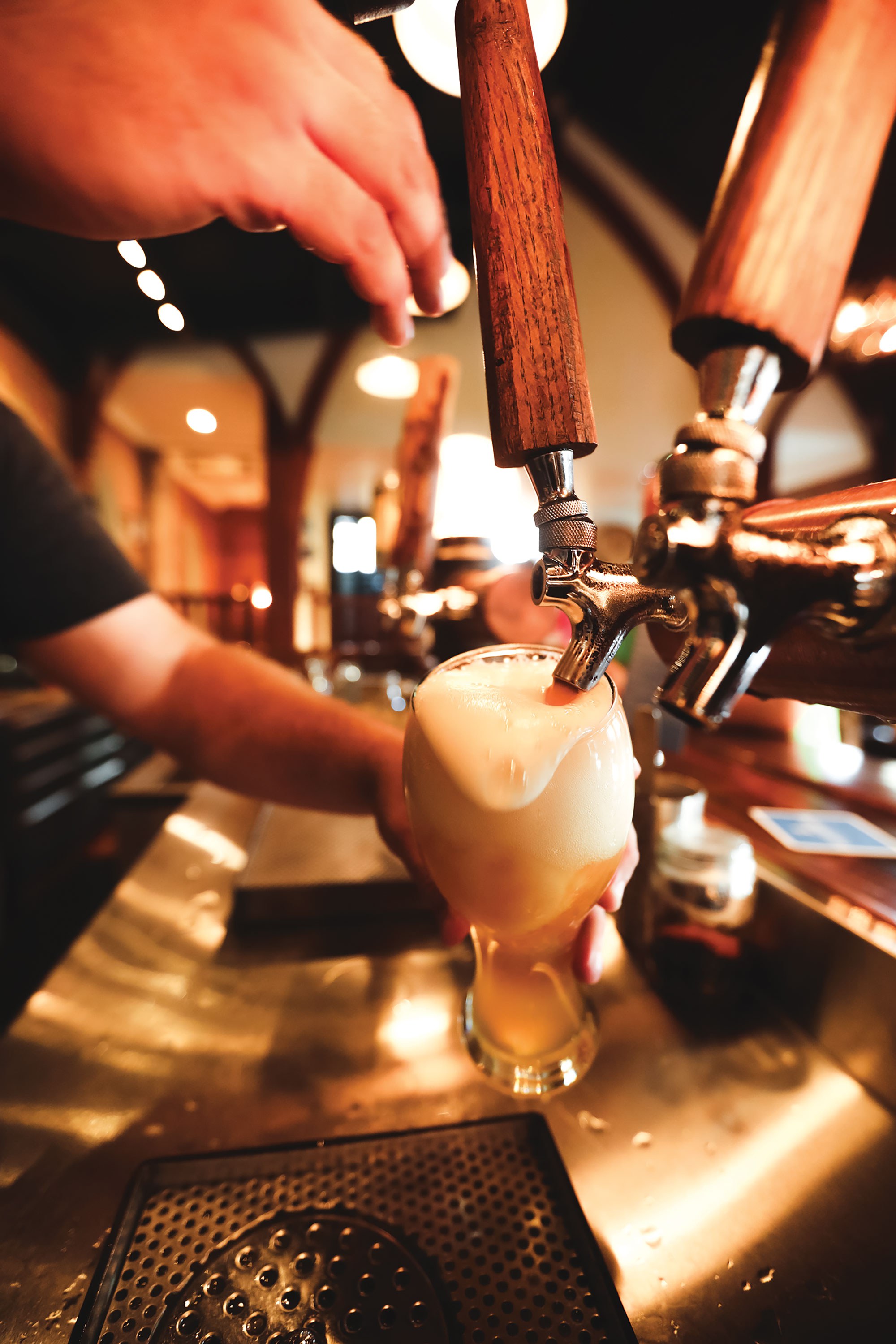
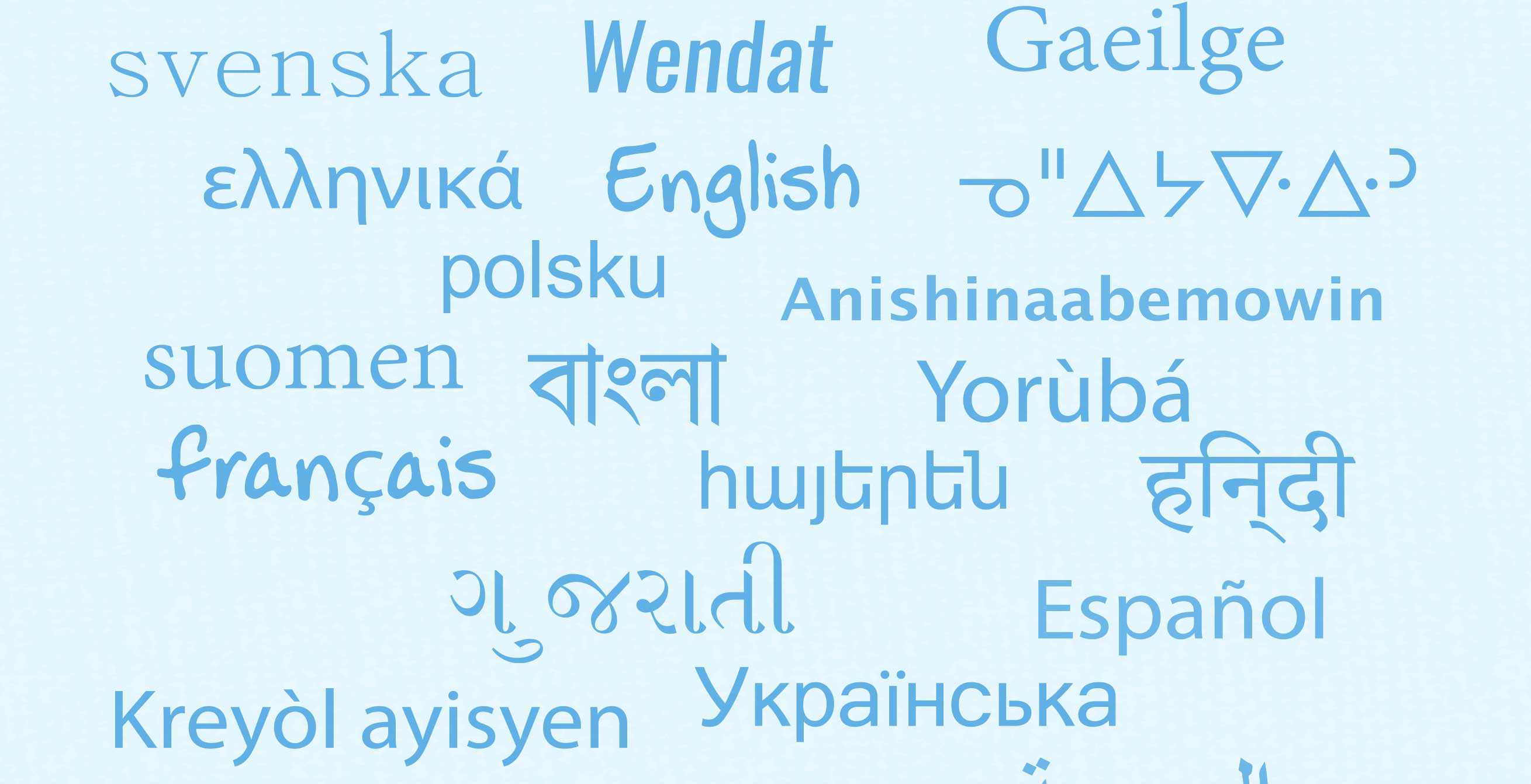
![Rose Lieberman, Rose [Hanford?] Green and Aaron and Sarah Ladovsky in front of United Bakers restaurant, Spadina Ave., Toronto, 1920. Ontario Jewish Archives, Blankenstein Family Heritage Centre, fonds 83, file 9, item 16.](https://heritage-matters.ca/uploads/Articles/SoupsOn_Archival_3505.jpg)

